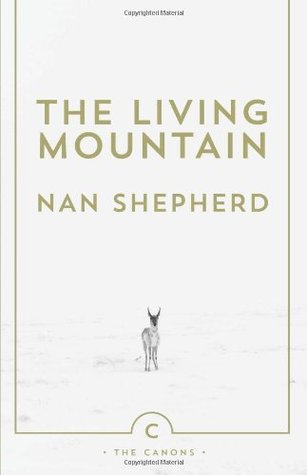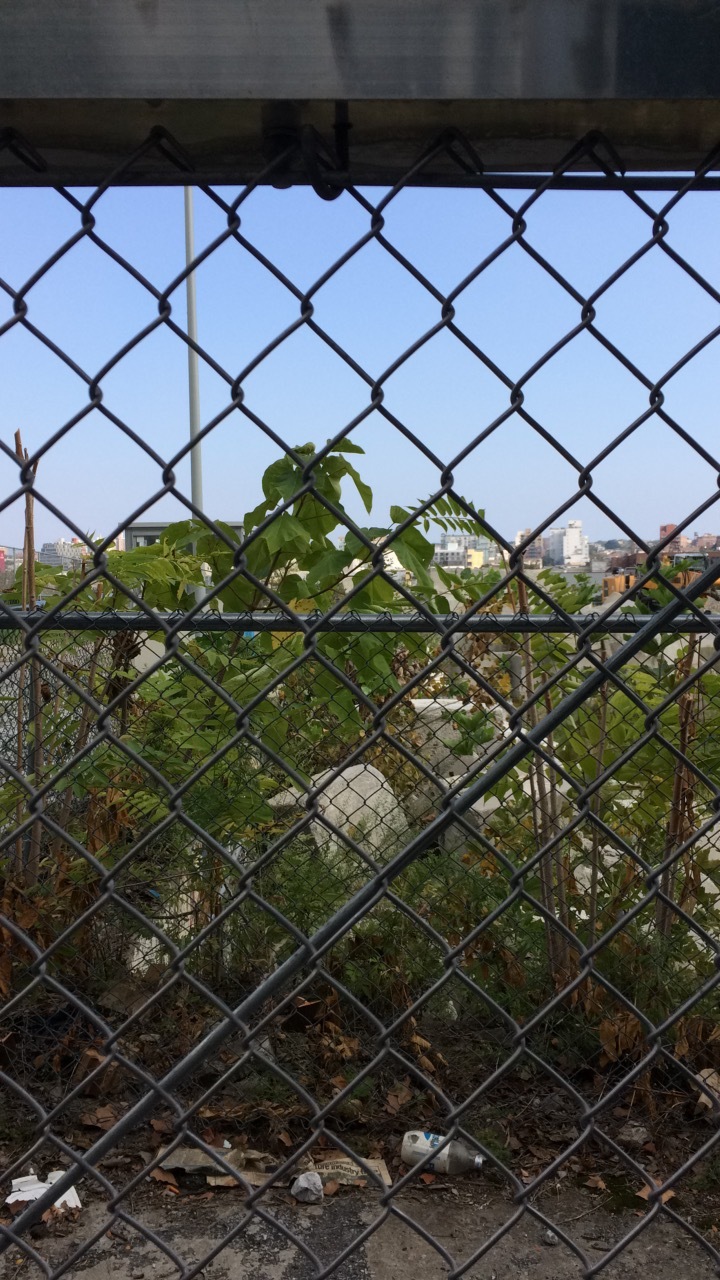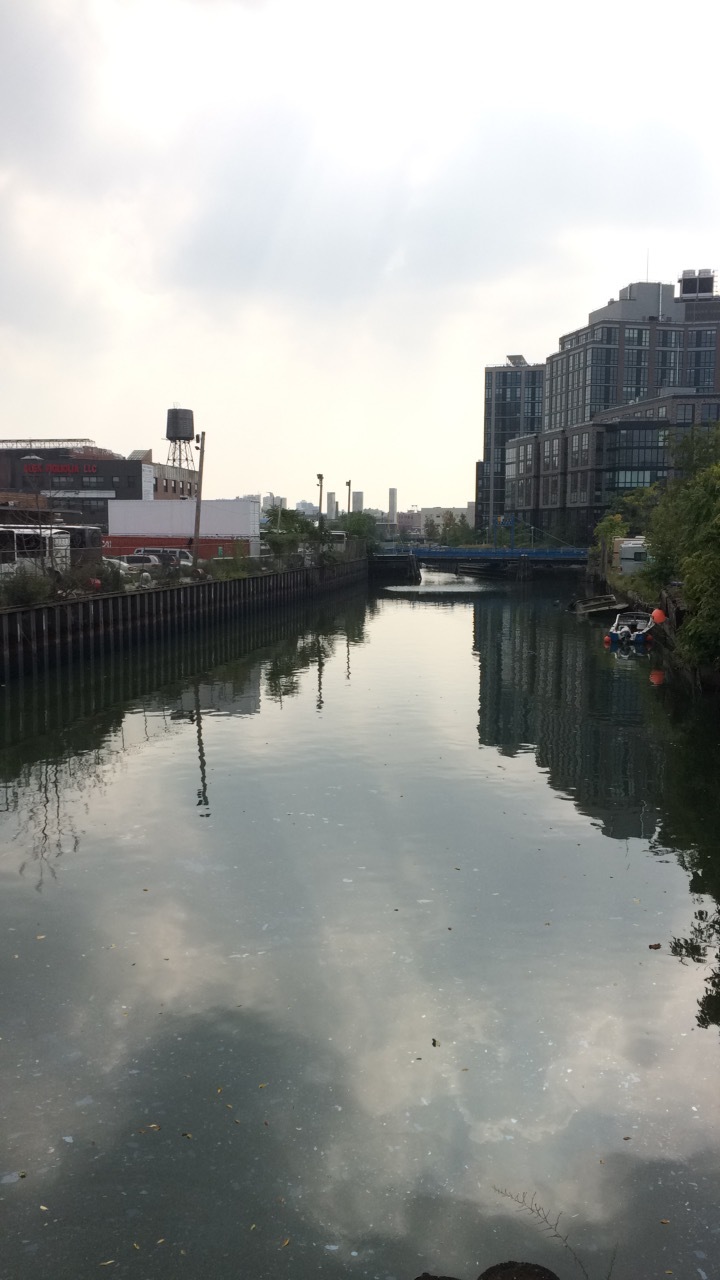Arctic Dreams
Arctic Dreams is a captivating combination of nature writing and science writing in perfect balance. The prose and story telling in the book made me think of the arctic in a whole new way. Plus I learned about fascinating things like Novaya Zemlya images, the formation of sea ice, and fata morgana.
I particularly enjoyed Lopez's discussion of how humans fit into the arctic environment.
The arctic reminds one of the desert not only because of the lack of moisture and the barren topography, but because it puts a like strain on human life. It favors tough and practical people, people aware of the vaguest flutter of life in an environment that seems featureless and interminable to the untrained eye. People with a predator's alertness for minutiae, for revealing detail.
Most of us spend our lives separated for the forces of nature. Rarely (if ever) do we find ourselves situations where we must depend on our wits, observation, and experience for our survival in the immediate term. Interactions between humans, animals, and the environment look different when survival is on your mind.
It not only takes a long time of watching the animal before you can say what it is doing; it takes a long time to learn how to watch. This point is raised deferentially but repeatedly, in encounters with Eskimos. They are uneasy, they manage to say about the irrevocability of decisions made by people who are not sensually perceptive, not discriminating in these northern landscapes, not enthusiastic about long term observations. When I hear these points made, my instinct is to nod yes; but it always causes me to reflect on something else-- how dependent we are on Western field biologists to tell us fully and accurately what the animals did while they were there. How we hope they regain some approximation of "the native eye" in their studies.
Lopez's description of the mutual predation between humans and polar bears really resonated with me. He describes the feeling of simultaneous self-sufficiency and dependence that I experience when I'm out backpacking. The feeling that you are out there alone and must rely wholly on yourself, and yet you remain dependent on other humans because you can't stay out there forever.
"To encounter the bear, to meet it with your whole life, was to grapple with something personal. The confrontation occurred on a serene, deadly, and elevated plain. If you were successful you found something irreducible within yourself, like a seed. To walk away was to be alive, utterly. To be assured of your own life, the life of your kind, in a harsh land where life took insight and patience and humor. It was to touch the bear. It was a gift from the bear."
I would recommend Arctic Dreams to anyone who enjoys nature or science writing in a general sense. It is an excellent introduction to the arctic as a place and an ecosystem. It is a humbling and inspiring read. I'll leave you with my favorite passage:
"It was still dark, and I though it might be raining lightly. I pushed back the tent flap. A storm-driven sky moving swiftly across the face of a gibbous moon. Perhaps it would clear by dawn. The ticking sound was not rain, only the wind. A storm, bound for somewhere else."














